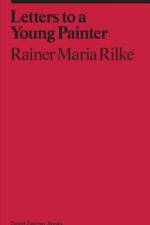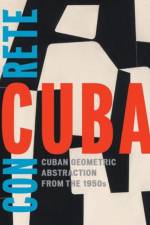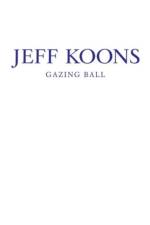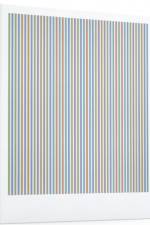- Cuban Geometric Abstraction from the 1950s
av Abigail McEwen
481
Radical political shifts that raged throughout Cuba in the 1950s coincided with the development of Cuban geometric abstraction and, notably, the formation of Los Diez Pintores Concretos (Ten Concrete Painters). The decade was marked by widespread turmoil and corruption following the 1952 military coup and by rising nationalist sentiments. At the same time, Havana was undergoing rapid urbanization and quickly becoming an international city. Against this vibrant backdrop, artists sought a new visual language in which art, specifically abstract art, could function as political and social practice. Concrete Cuba marks one of the first major presentations outside of Cuba to focus exclusively on the origins of concretism in the country. It includes important works from the late 1940s through the early 1960s by the twelve artists who were at different times associated with the short-lived group: Pedro Álvarez, Wifredo Arcay, Mario Carreño, Salvador Corratgé, Sandú Darié, Luis Martínez Pedro, Alberto Menocal, José M. Mijares, Pedro de Oraá, José Ángel Rosabal, Loló Soldevilla, and Rafael Soriano. Many of the group’s members had traveled widely in the preceding years and corresponded with those at the forefront of European and South American abstract movements. Produced on the occasion of the major exhibition at David Zwirner, Concrete Cuba is the first in-depth catalogue on the subject to be published in English; the show offered a “wonderful taste of a very complicated history,” according to Roberta Smith of The New York Times. With an extensive plate section, which includes works from the exhibition and a selection of important pieces from the permanent collection of Museo Nacional de Bellas Artes, Havana, this volume provides readers with a rich visual experience of this crucial period in modernism’s history. The catalogue also features an extensively researched illustrated chronology, compiled by Susanna Temkin, which tracks the development of the period artistically and politically from 1939 through 1964. New scholarship by Abigail McEwen offers an interpretative framework for this group of artists, and a deeper understanding of the forces behind the development of this movement. Also included is a conversation between Lucas Zwirner and Pedro de Oraá, one of the central members of Los Diez.







